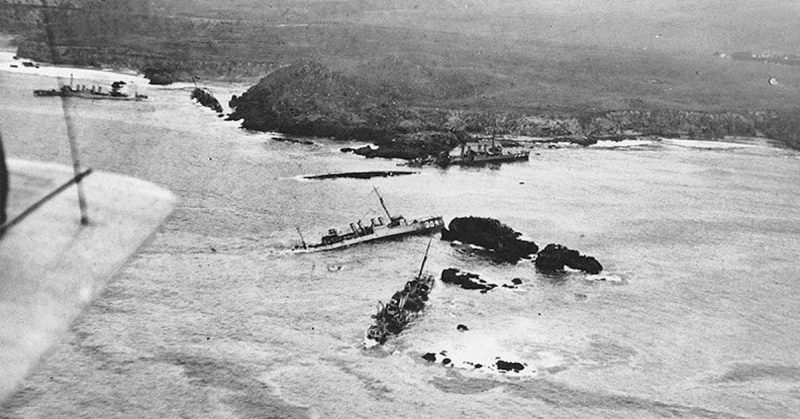Point Pedernales in Santa Barbara, California is also called Honda Point, but the Spanish who discovered it in the 16th century named it the Devil’s Jaw because of its penchant for disaster. In the 1800s, a ship carrying gold sank in the area and was lost, the US Navy suffered a similar fate in the 20th century.
It all started with the SS Yankee Blade, a 275-foot steam-powered paddler that was traveling south along the California coastline on 30 September 1854. She carried between 900 to 1,200 passengers and gold bullion valued at $150,000 dollars ($4,285,714.29 today).
Despite heavy fog, the captain set the ship at full speed to win a bet when she hit the rocks off Honda Point at around 3:00 PM. The boat sank, killing 30 to 40 people before the rest were rescued. Attempts to retrieve the gold failed because of powerful currents – at least till 1922 when history repeated itself.
Edward Howe Watson was a veteran of the Spanish-American War, the Philippine Insurrection, and WWI, so they made him a captain in 1917. In 1922, he became the fleet commander of Destroyer Squadron Eleven (DESRON 11), and the following year, he entered history.
On 8 September 1923, Commodore Watson was aboard the flagship destroyer USS Delphy. Following him were ships of the Destroyer Divisions 31 (which contained the Farragut, the Fuller, the Percival, the Somers, and the Chauncey), 32 (made up of the Kennedy, the Paul Hamilton, the Stoddert, and the Thompson), and 33 (the SP Lee, the Young, the Woodbury, and the Nicholas).
The ships were all Clemson-class destroyers and all were barely five years old. Unfortunately, their very newness would spell disaster, because they carried technology that was a little too advanced for Watson’s tastes.
They all had radio direction finding (RDF) equipment which received signals from a station on Point Arguello. In a time before GPS, it was state-of-the-art technology that would have safely guided the ships away from the rocks had anyone trusted it. Unfortunately, Watson did not.
As the lead ship, the Delphy was responsible for navigation. Despite the heavy fog, or perhaps because of it, Watson decided that the RDF’s readings were completely unreliable. He instead decided to fall back on the tried and tested technique of dead reckoning – calculating one’s position based on a previously determined point, and on speed as measured by a propeller’s revolutions per minute.
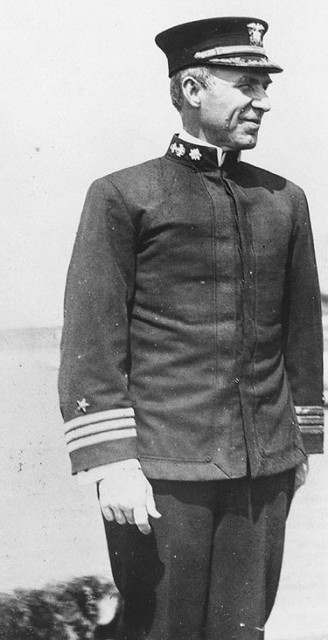
DESRON 11 was in a race for time and Watson intended to win. The fleet was engaged in a war game, so they had to stay close together and meet their deadline. They had left San Francisco’s Pier 15 at 8:30 AM and had to reach San Diego within 24 hours, which meant tactical and gunnery exercises continued at a speed of 20 knots (about 23 miles per hour). In their rush, no measurements were taken of the sea’s depth.
As the weather worsened and the seas grew rougher, the fleet lined up in a column behind the Delphy to avoid crashing into each other. So far so good, except that they could no longer see any points of reference in the darkness and fog. They continued to ignore the RDF signals from Point Arguello as they relied on calculations based purely on dead reckoning.
What they didn’t take into account, however, was Japan. Known as the Tokyo-Yokohama Earthquake (as well as the Great Kanto Earthquake), the island nation was hit by a 7.9-magnitude quake which created a tsunami some 39.5 feet in height. These shot out to the west, creating huge swells and strong currents that eventually reached the American west coast. Combined with the fog, the darkness, and the strong winds, DESRON 11 was badly off-course.
At 9:00 PM, Watson ordered the Delphy to head east into the Santa Barbara Channel. His crew obeyed, taking them straight toward Point Honda. The rest of the ships dutifully followed.
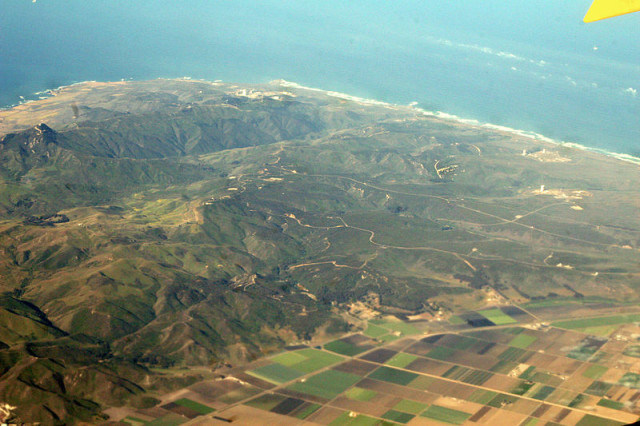
Five minutes later, the Delphy rammed onto Point Honda at full speed. Jagged rocks tore open her hull, capsizing the boat on her starboard side in under a minute. In the engine room, men were trapped as fires broke out. On deck, the crew fared no better as they were thrown off the ship or into hard, unyielding metal. Surprisingly, only three died, though a number suffered from minor injuries.
Before she had even stopped, her sirens shrieked out a warning, alerting the Somers and the Faragut. Breaking hard, they ran aground gently and were able to reverse back into deeper waters without serious damage to themselves or to their crews.
The SP Lee was also lucky. A mere few hundred yards behind the Delphy, she saw the lead ship stop and was able to turn left in time to avoid smashing into it. Though a collision was avoided, she also ran aground in the shallow waters with no loss of life or serious injuries to her crew.
The Young was not so lucky, however. She didn’t even try to turn. Her hull was torn open by rocks below before she keeled over and sank onto her right side, killing twenty of her crew. The Woodbury turned right and hit a rock with no loss of life before the Fuller also ran into some rocks beside her. The Nicholas turned right, hit a rock, and split in half without any fatalities.
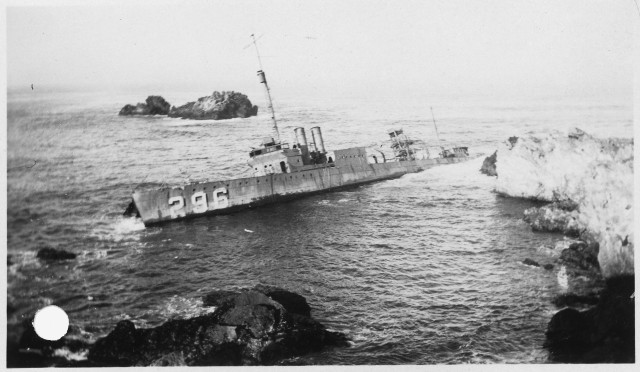
Only the Percival, the Kennedy, the Paul Hamilton, the Stoddert, the Thompson, and the Chauncey avoided the rocks. Seeing sailors in the water beside the capsized Young, however, the Chauncey went to their rescue but ran aground, herself.
All fourteen captains were court-martialed, together with eleven officers. Watson insisted on taking full responsibility, however, so the rest were acquitted except for him. As for the wreckage, it was sold to a scrap merchant for $1,035 ($14,485.40 today).
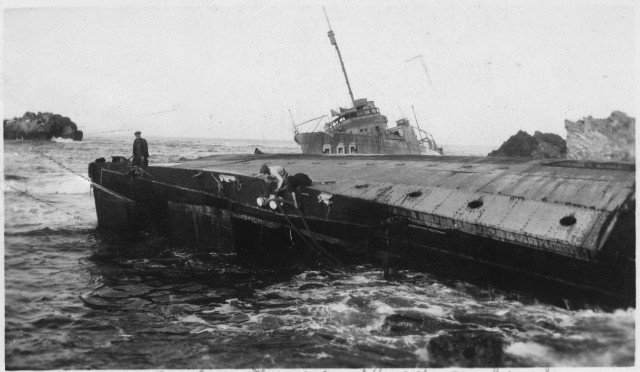
Before they sold it to him, the government tried to recover what it could, which is when divers discovered the remains of the SS Yankee Blade. No gold was allegedly found, but they did recover the ship’s bell.
